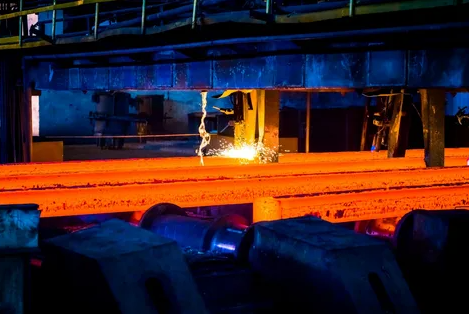A three-stage decarbonization path
The OECD outlines a three-stage transformation roadmap for the South African steel sector:
- Short-term perspective (2025-2030): Improve energy efficiency and begin the transition to low-carbon fuel sources.
- Medium-term perspective (2030-2035): the introduction of hydrogen direct iron reduction furnaces (DRI) and electric arc furnaces (EDP) to replace traditional blast furnaces.
- Long-term perspective (after 2035): large-scale introduction of technologies for the capture, use and storage of green hydrogen and carbon (CCUS).
If fully implemented, these measures could reduce steel-related carbon emissions by 85 percent by 2050, turning the industry into a low-carbon producer in the global supply chain.
Structural reforms and technological shifts are needed
The OECD emphasizes that deep decarbonization depends on a structural shift from blast furnace production basic oxygen
The report calls for the diversification of production through DRI-EAF systems powered by clean hydrogen and scrap, supported by modern recycling and logistics infrastructure.
South Africa's high-grade iron ore and increasing scrap availability create opportunities for hybrid production models combining primary and secondary steel production.
Decarbonization of the energy system as a decisive factor
According to the OECD, more than 80 percent of South Africa's electricity is generated from coal, making energy sector reform necessary for industrial decarbonization.
The report calls for coordinated planning between the Ministries of Energy and Industry to ensure the safety of reliable and affordable renewable energy.






